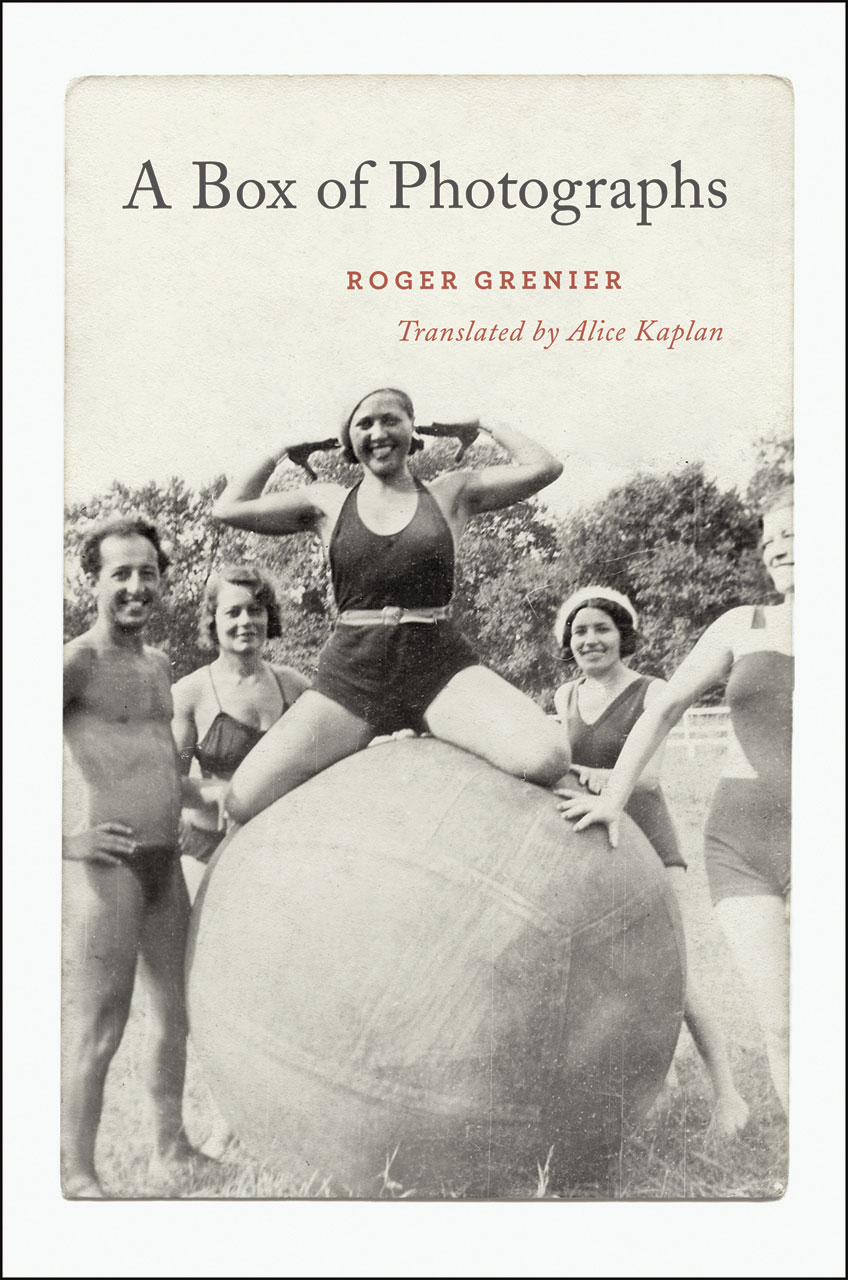Picture God: Roger Grenier
The most recent issue of the Times Literary Supplement reviews Roger Grenier’s A Box of Photographs, a chronicle of Grenier’s exploits in writing (as a journalist; an editor at Éditions Gallimard; and the author of more than thirty novels, short stories, and literary essays) alongside the story of a life spent in conversation with the medium of photography. Included are vignettes about his own experiences and those of the photographers he admired or with whom he crossed paths while paired on assignment for newspapers like Combat (founded by Albert Camus) and France-Soir. All of this comes, of course, with meditations on the photographic image, as Grenier champions the work of those like Lee Miller, who placed themselves in positions perilous to their own safety to capture the atrocities of war, and voices disapproval for those photos circulated by the “proto-paparazzi,” filled with a kind of carrion fatigue, often portraying the moments just before or after famous death.
As Peter Read writes in the TLS:
Divided into short chapters, like selections from a newspaper column or pages from a photo album, A Box of Photographs tells in words and images the story of a life spent with cameras and typewriters, while also tracing a path through the social and cultural history of twentieth-century France. A voice at the outset instructs the author, “Talk about photography all you like, but spare me the clichés,” and although the pun is untranslatable, because a cliché in French is both a photograph and a hackneyed truism, we get the message that Roger Grenier cares as much about language as he does photography.
This might be more of less obvious to those familiar with Grenier’s life in print, which weaves its way into both the book and this particular review. Near the end of A Box of Photographs, Grenier remembers:
After I left the world of journalism, I started to walk around with a camera, like everyone else. Once you make it your business to be a writer, photos—whether you’ve taken them yourself or not—become much more than memories or documentation. They are trampolines for the imagination, a source of inspiration I could not do without. Writing becomes like those curious infrared photos where, thanks to the body heat that’s been left behind, the film manages to record the image of someone who hasn’t been there for an hour, who is already swallowed up by the past.
Read captures the spirit of the book when he picks up a proposition silently espoused by Grenier: “writers and photographers are often natural soulmates.” As he concludes:
Grenier wrote the preface for that book [Brassaï’s tome on À la Recherche du temps perdu] and in A Box of Photographs he in turn explores the relevance of photography to his own literary output. Photographs are for him an essential creative springboard, prompting recall of past events otherwise lost in the vast archives of memory, events that then inspire essays, novels and short stories. He also refers to those opportunities that Willy Ronis called “the perfect moment,” making photography a metaphor for life itself, well lived if you seize the time.
